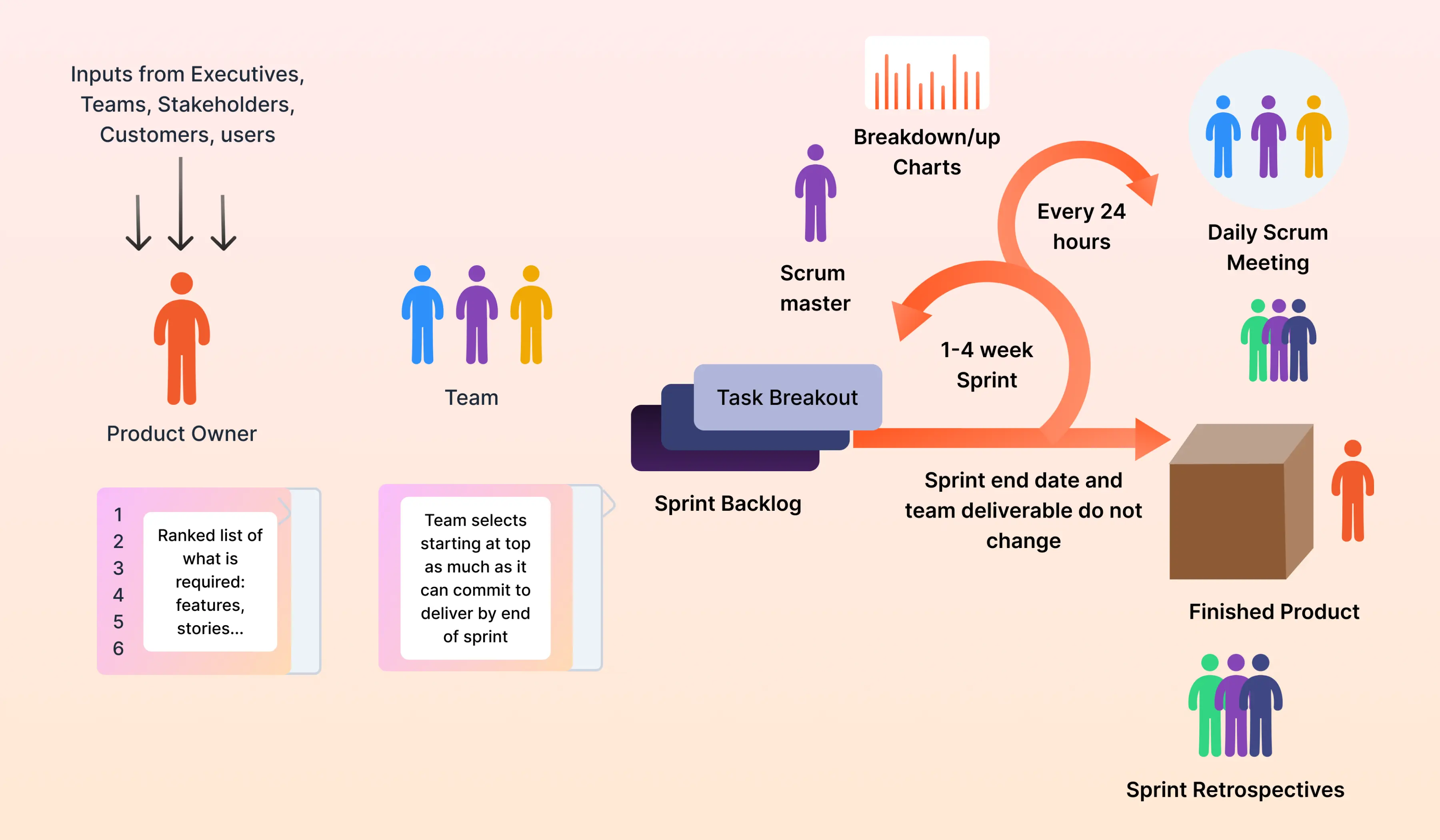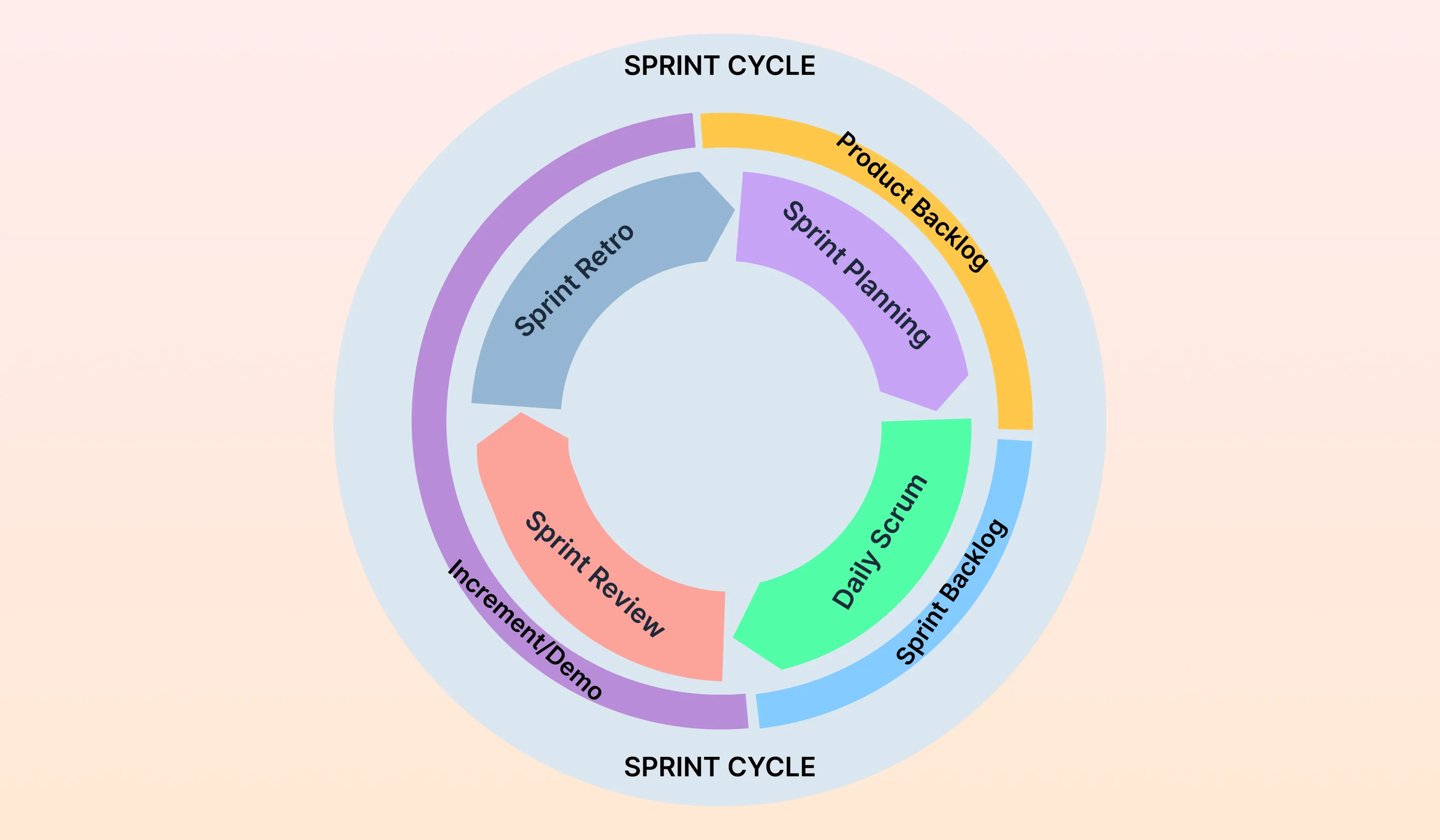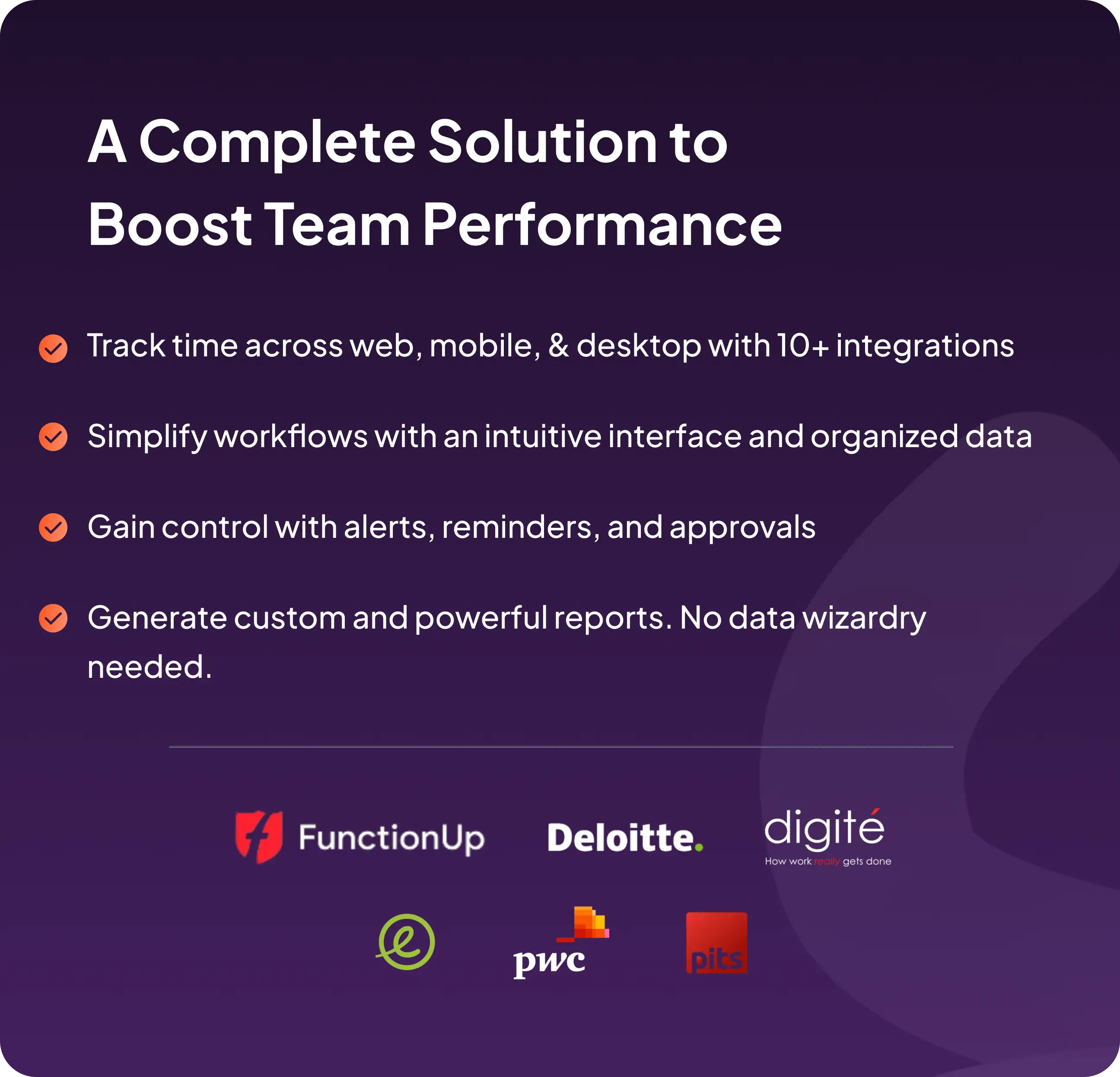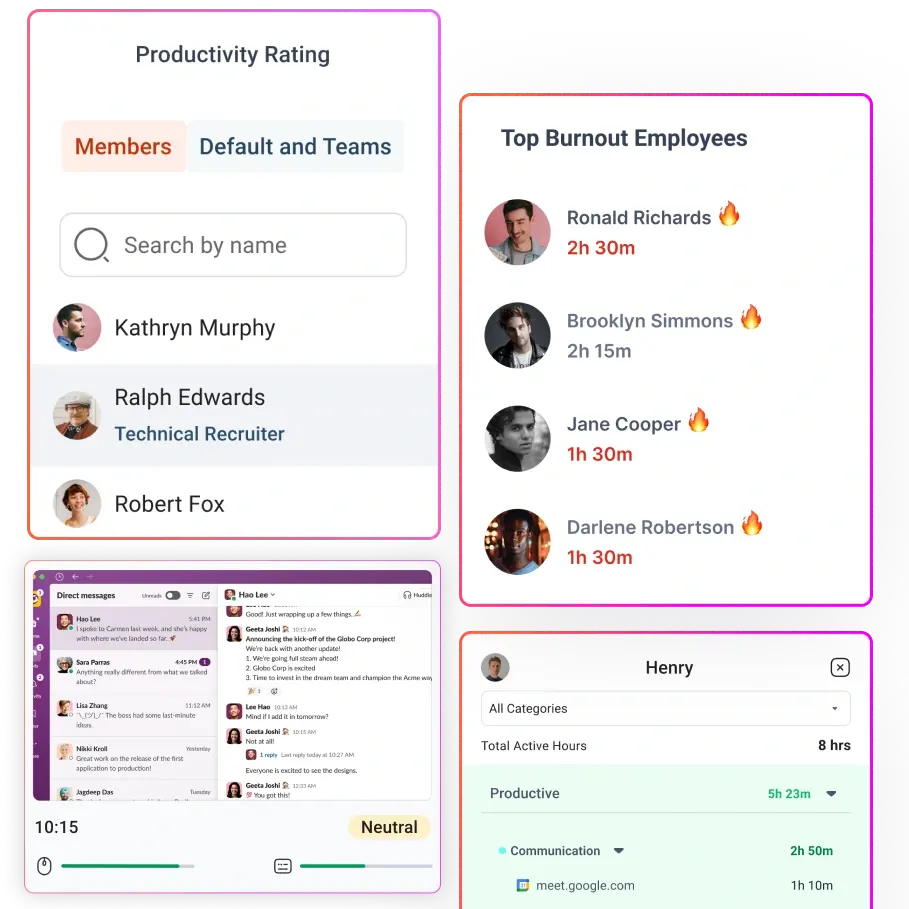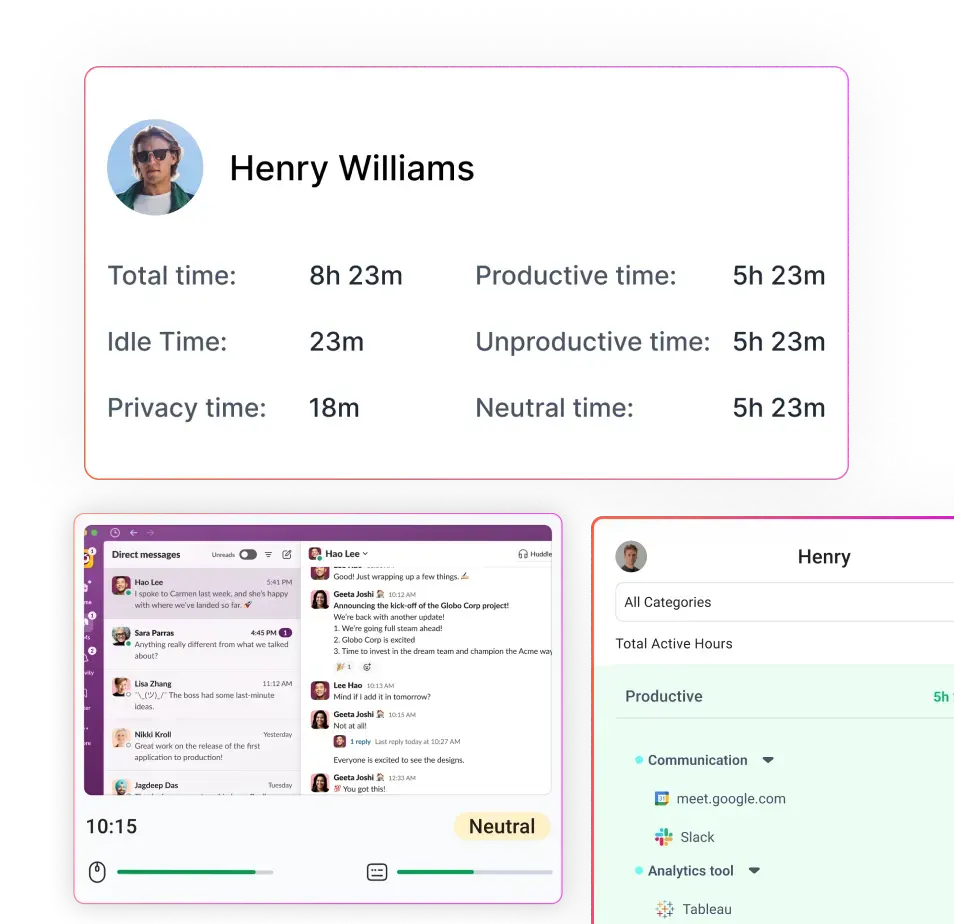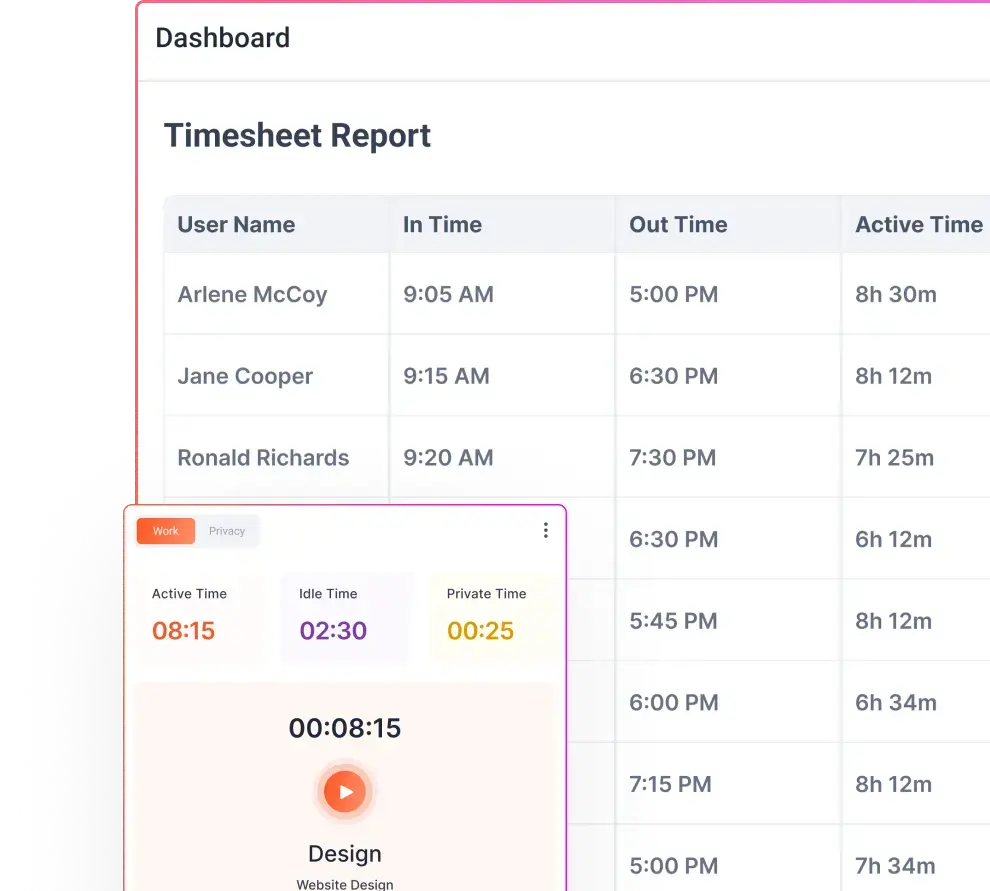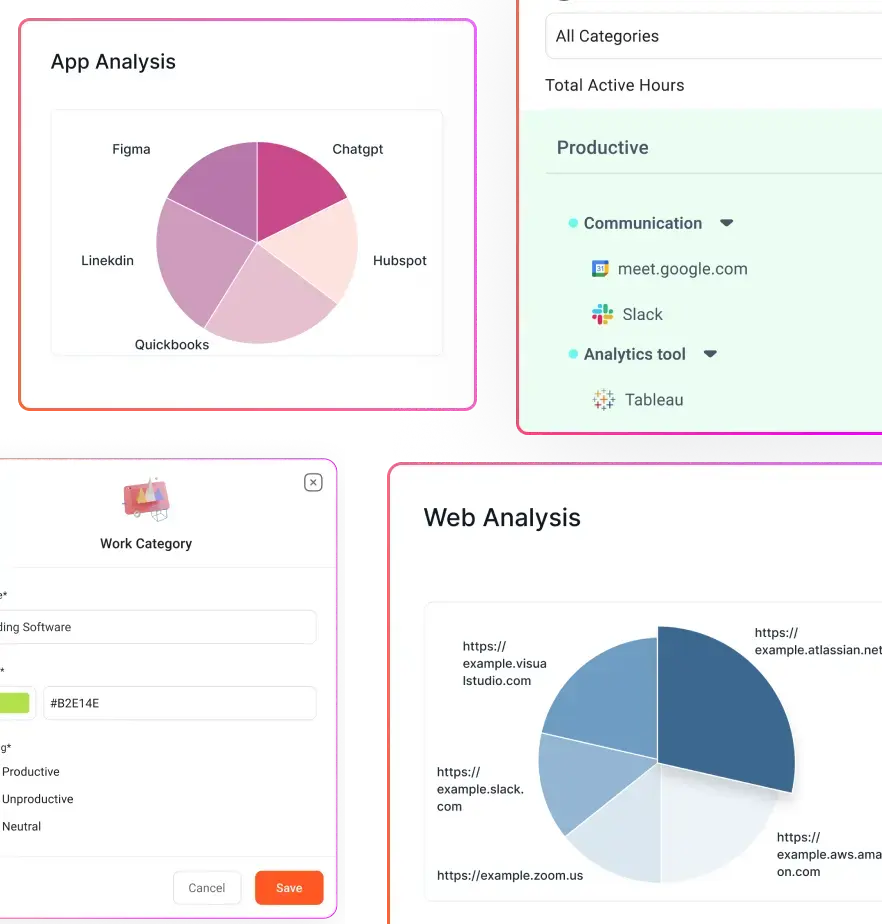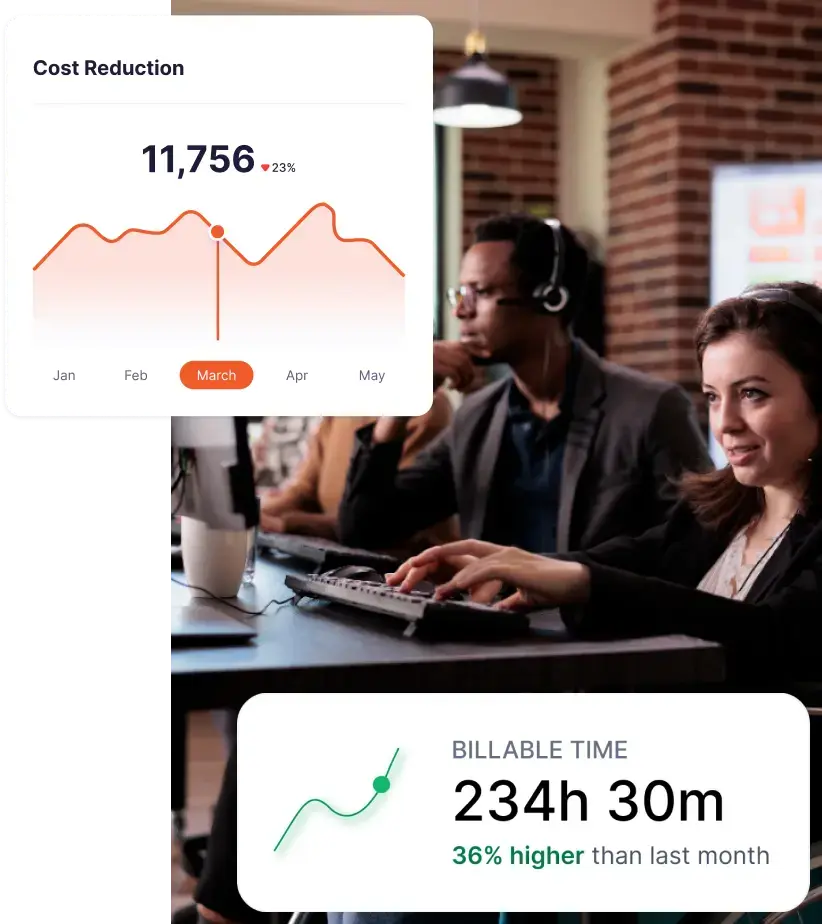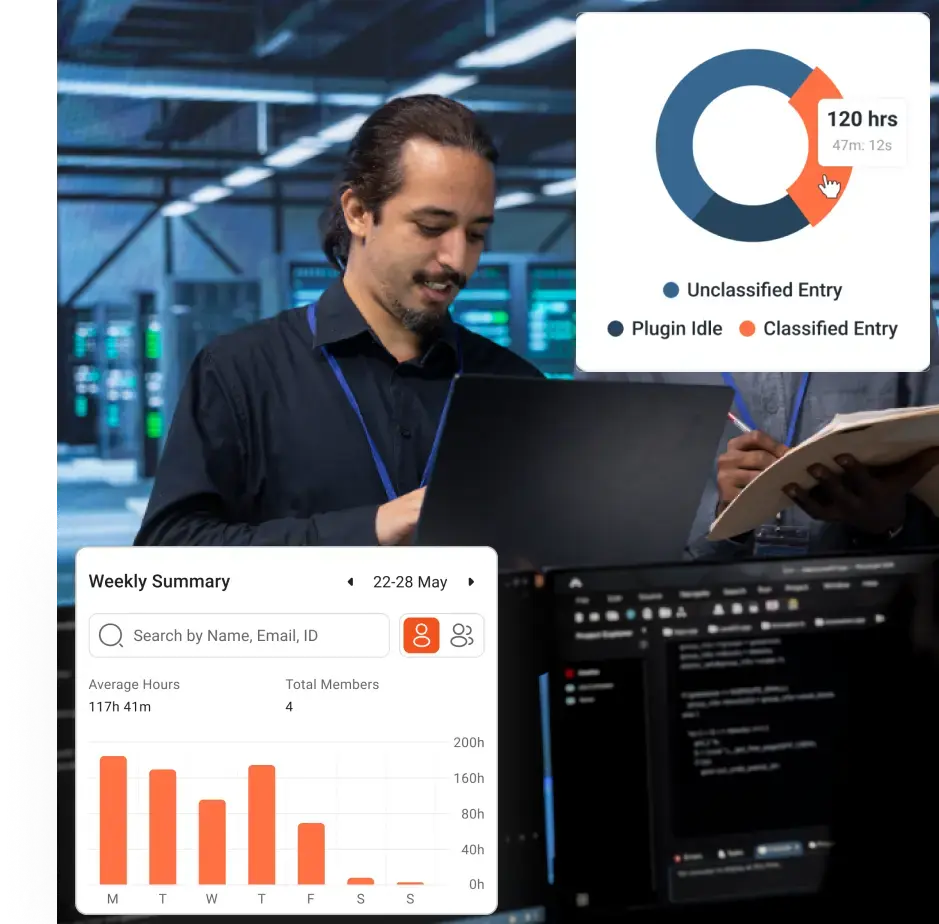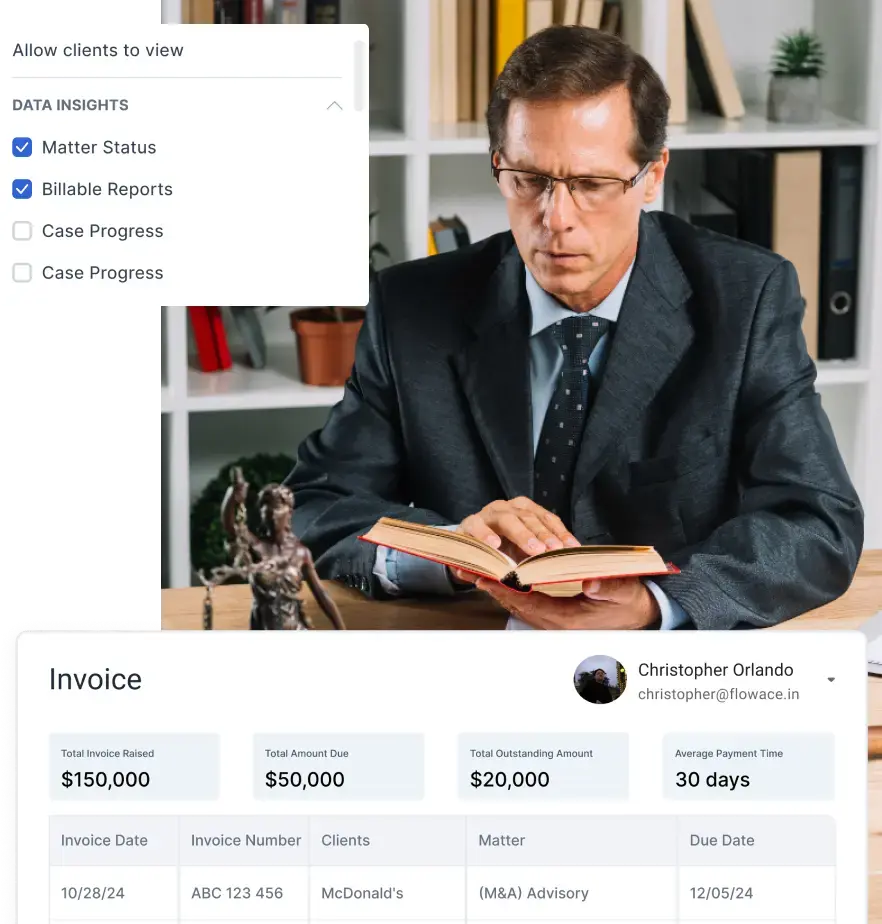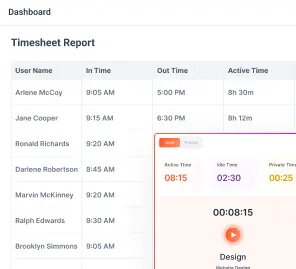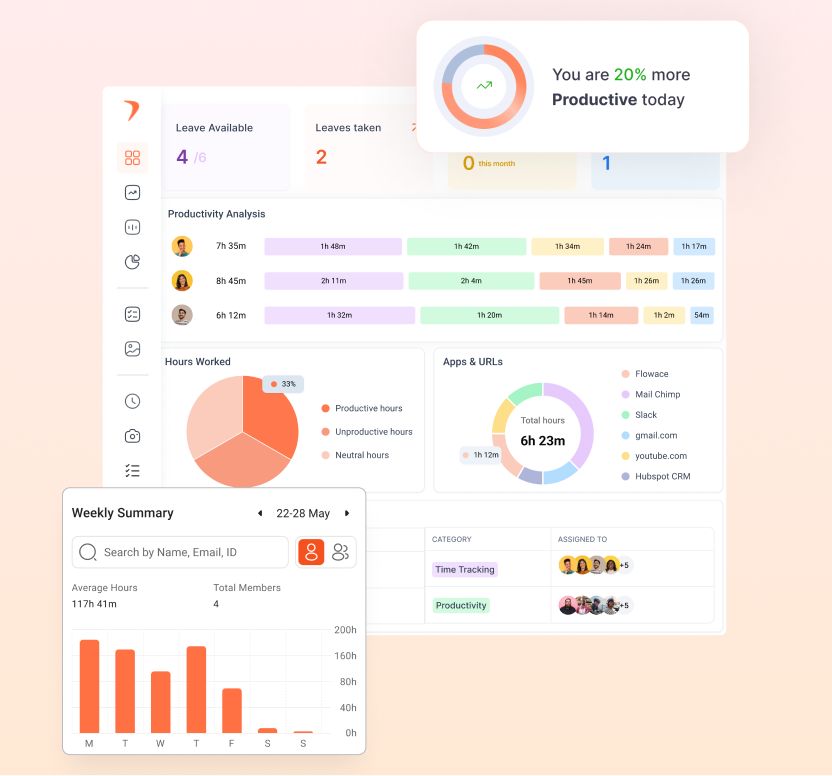If you are a software developer, you must often hear the term “sprint cycle” or may also be part of it.
But if not, you must wonder what it is and why it matters.
Well! It is a short process that contains sessions of feedback, flexibility, and scope for continuous improvement for the development team. Sprints enable teams to deliver high-quality work faster and adapt swiftly to evolving requirements.
This blog will help you learn more about the agile development journey and prepare for your upcoming sprint cycle.
What is a sprint cycle?
Sprint cycles are short but continuous processes that the scrum master and the scrum team follow during a sprint. For software developers and managers on agile projects, the sprint cycle helps effectively plan and execute the process.
A sprint is a set period that can be many days or months in agile development.
Each project is divided into sprints, which the team works on separately. A single sprint may take up to four weeks to complete.
In such cases, complex projects are divided into manageable pieces through sprints. This further allows teams to work closely together, uphold quality, and effectively adjust to changes in the project.
Adopting agile methodologies like scrum allows businesses to complete large projects more effectively in a short time. Enrolling teams in agile training courses can further enhance their ability to implement agile frameworks successfully, ensuring a smooth transition and maximizing productivity.
Sprint planning promotes accountability, openness, and ongoing progress during development. By utilizing the sprint cycle, software development managers can satisfy stakeholder expectations, produce high-quality work, and advance projects consistently.
Sprint cycle involvement is also common within the outsourcing software development approach, nearshoring mobile development, and other types of collaboration models with development contractors.
Who uses scrum planning?
Software developers use scrum planning before making a product to ease the process.
- Scrum Master
- Development team
- Product Owner
Sprint cycles exist in every industry, even in eCommerce product development. It’s one of the most efficient ways to launch new products, says Adam Saleh of Strength Shop USA.
The following are reasons why you should know about the various roles involved in planning and executing a sprint:
Scrum Master
An expert who guides a group through a project utilizing Agile project management methodologies is known as a scrum master.
The scrum Master coordinates and facilitates all communication and teamwork between team members and leadership. A scrum master’s daily responsibilities keep changing, but they primarily consist of the following:
- Presiding over evaluations and demos
- Daily stand-up meetings and other meetings about the project help teammates complete their responsibilities
- Mentoring the group on Scrum best practices and principles, promoting candid dialogue and conflict settlement
- Proactively recognise and address problems
- Updating tasks in a tracking tool for project management
5 Finest Employee Time-Tracking Software for Businesses in 2024
Agile Development team
The term “development team” refers to a team of individuals who work together to develop a product. In Scrum, the Development Team possesses two fundamental attributes.
It is self-organized and cross-functional. Cross-functional means the team possesses all the skills and competencies required for product development. What is widely acknowledged as being in line with one’s job is self-organization.
A project manager is in charge of the project’s planning and execution. Project support personnel, such as a project coordinator, are frequently included in a project development team. To maximize efficiency and collaboration, businesses often invest in agile corporate training, ensuring that teams fully understand and implement agile methodologies effectively. This training helps teams improve adaptability, streamline workflows, and enhance overall project outcomes.Teams working on digital solutions often rely on application development services to support complex technical needs or accelerate delivery.
The roles of extra team members may vary depending on the nature of the project.
However, they may include internal and external stakeholders who contribute to the project’s advancement.
Product Owner
Every scrum team includes a product owner.
In Scrum, a product owner guarantees project success. The product owner is responsible for refining and maintaining the backlog to optimize the product’s value.
Creating a product backlog and user stories are two of a product owner’s primary duties. The product owner also bridges the client and the development team.
The product owner motivates people to share and contribute to the vision and goals by exhibiting leadership and ownership of the project’s development.
The 4 Steps Within a Sprint Cycle
The 4 essential steps within a sprint cycle in agile development are Planning, Execution, Review, and Retrospective.
Let’s begin with Sprint Planning.
During sprint planning, the team collaboratively decides what work they will tackle in the upcoming sprint. The goal of sprint planning is to confirm that everyone is aligned on the sprint goals and has a clear understanding of their responsibilities.
This can also include;
- Reviewing the product backlog is a prioritized list of features and tasks for the entire project.
- Selecting a set of user stories or work items from the backlog that can be realistically completed within the sprint timeframe.
- Estimating the effort required for each user story.
- Creating a sprint backlog is a detailed list of tasks needed to complete the selected user stories.
For instance, if a software development team is planning a two-week sprint, They review the backlog, prioritize user stories, and estimate the effort. And, work on three user stories: “User Login,” “Shopping Cart,” and “Payment Gateway.”
If they are making a shopping app/ product,.
After that, there is the execution.
This is the heart of the sprint cycle, where the team works on completing the tasks outlined in the sprint backlog. The sprint duration is typically 1-4 weeks, allowing for focused and timely delivery.
During this stage:
- Developers write code, testers verify functionality with the help of tools of automation testing or manually, and the product evolves.
- The team delivers working features incrementally throughout the sprint.
- Works collaboratively and iteratively on the tasks.
- Holds daily scrums to discuss progress, identify roadblocks, and adapt plans as needed.
Like: If the development team is coding the “User Login” feature, they test it thoroughly and integrate it into the product. And, then they repeat this process for the other selected user stories.
Top 5 Productivity & Automation Tools for IT Firms
Then comes, the Sprint Review
When the team demonstrates completed tasks to stakeholders and gathers feedback for improvement, this is called the sprint review cycle.
It is held at the end of the sprint to showcase the completed work to stakeholders and team members. The team demonstrates the sprint’s functionalities and gathers stakeholder feedback.
The review focuses on:
- The team showcases what they’ve built during the sprint.
- Stakeholders provide their input, ask questions, and suggest improvements.
- The product owner adjusts the backlog based on feedback.
Consider: If the team presents the “Shopping Cart” functionality to stakeholders in the sprint review while creating a product. They receive feedback, such as, ‘ add a discount feature’, which the product owner starts accommodating in the product and presents it in the next sprint.
Lastly, the Sprint Retrospective
A Sprint retrospective is about reflecting on the sprint to improve processes and teamwork. It’s a dedicated time for the team to reflect on the sprint and identify the areas for improvement.
After the sprint review, the retrospective helps the team to:
- Discuss what went well during the sprint.
- Identify challenges and areas for improvement regarding processes, tools, or communication.
- Brainstorm and agree on actionable steps to implement in the next sprint.
For example: If the working team is holding a retrospective meeting, they celebrate the success but also realize that the communication could improve. So, they decide to improve daily standup discussions, use a shared collaboration tool, and apply the practices they learned during their CSM certification to enhance team coordination.
Tips for Developing an Effective Sprint Cycle
Developing an effective sprint cycle in Agile development requires integrating a few essential strategies:
- To develop an effective sprint cycle, identify essential deliverables on time.
- Divide user stories into smaller tasks with explicit acceptance criteria, and ensure everyone knows their roles and the sprint goal.
- Use platforms like Jira or Trello to organize assignments.
- Monitor progress to reduce communication gaps, if any.
- Prioritize backlog items for maximum business value, revisit and update user stories frequently.
- During the time of retrospection, prepare a SWOT analysis.
- Adopt a flexible mindset and concentrate on delivering value-based outcomes.
- Ensure the cycle is comprehensive as well as holistic.
Key Takeaway
The Agile Sprint methodology offers a proactive approach to project management. It enables teams to break down significant goals into manageable ones.
Sprints allow teams to address and identify potential issues early on, minimizing surprises and maximizing productivity. It helps them to measure progress effectively by defining individual Key Performance Indicators (KPIs) within each sprint.
With an effective sprint process and planning, the path forward for a software developer team becomes clearer. Giving them the confidence to tackle challenges head-on and deliver results with confidence.
However, by utilizing project and productivity management software, teams can transform overarching project goals into actionable steps, fostering further transparency and alignment.
Make Your Sprint Cycles More Efficient With Flowace
Looking to turbocharge your sprint cycles, maximize productivity, and streamline team efficiency? Your solution is here.
Flowace.ai: An enhanced productivity and time-tracking tool.
The tool elevates team performance and gives valuable insights into the team’s activities.
Flowace.ai primarily:
- Monitors Employee Productivity
- Tracks Time Effectively
- Give access to Comprehensive Reporting
- Optimizes Workforce Management
Moreover, Flowace can seamlessly integrate with popular apps and platforms like Asana, Jira, Salesforce, Azure DevOps, and more.
It’s time to bid farewell to manual tracking and embrace Flowace’s automated features.








































